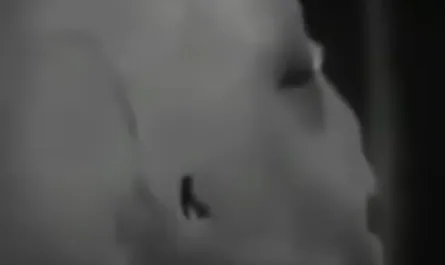Prepare to have your mind a little blown by one of nature’s most intricate geographical puzzles. Imagine an island, on a lake, on an island, on another lake, which is on yet another island, all within the largest freshwater lake in the world! Sound confusing? Let’s unravel this amazing natural phenomenon, often dubbed “the world’s most layered island.”
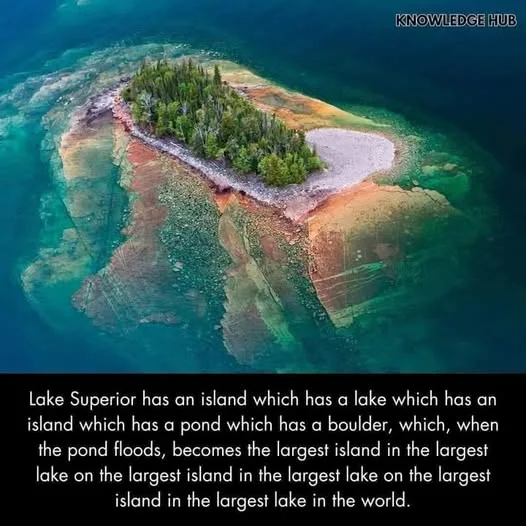
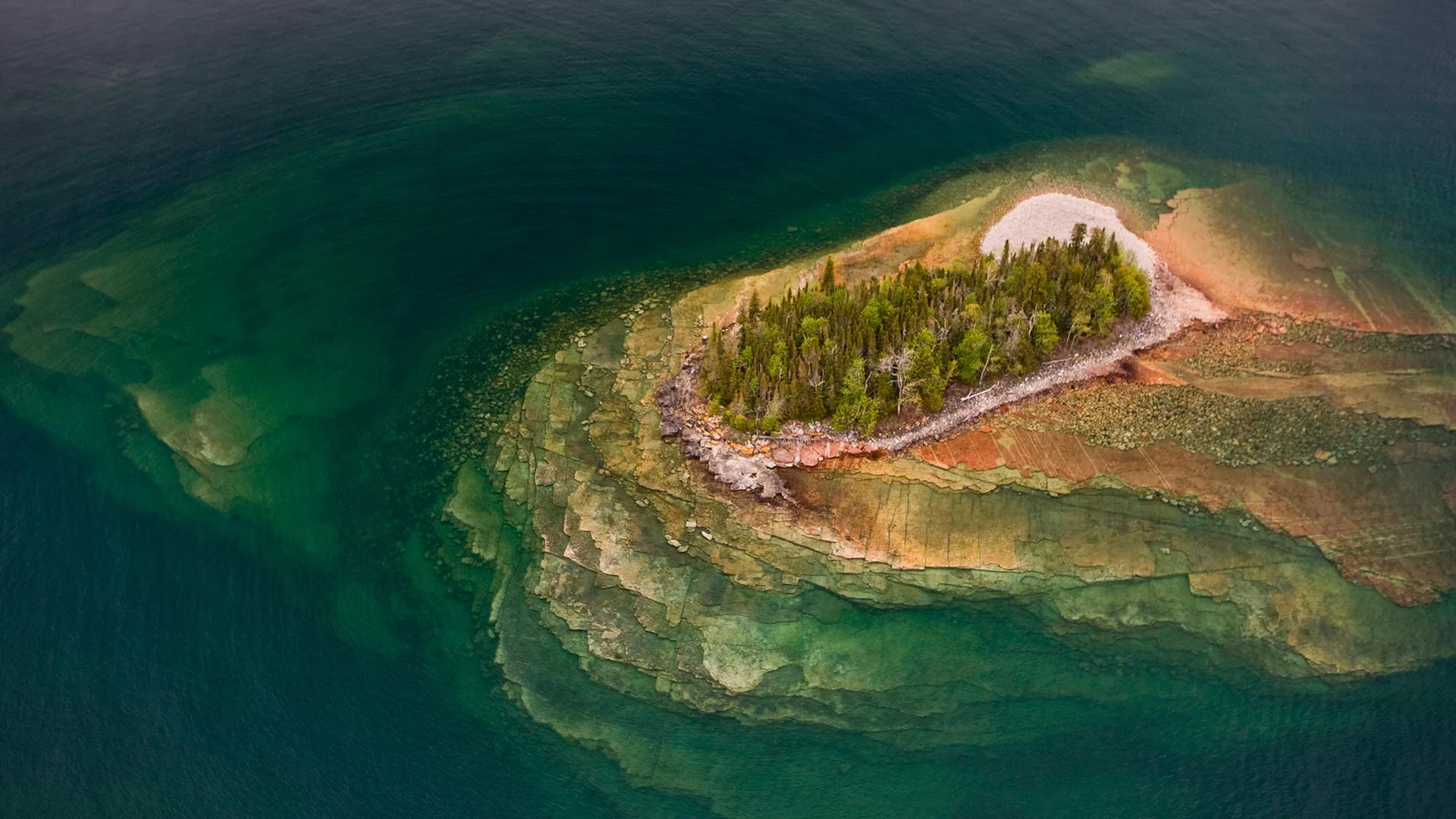
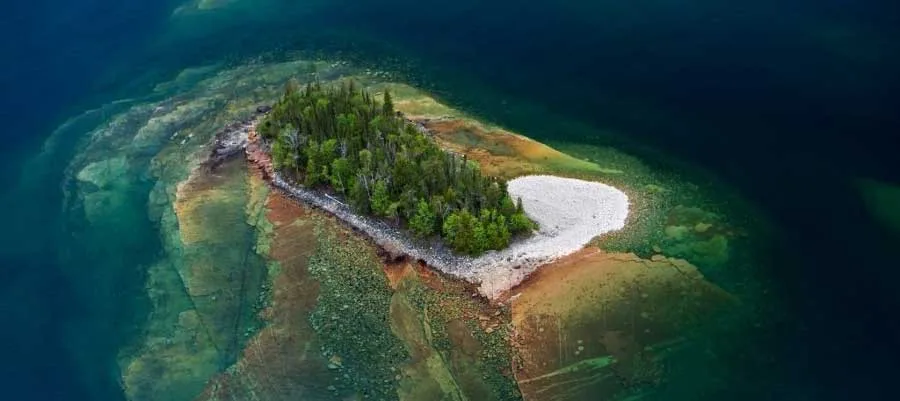
Where the Layers Begin: Lake Superior
Our journey starts in the vast, pristine waters of Lake Superior. This isn’t just any lake; it’s the largest freshwater lake in the world by surface area and the third largest by volume. Its sheer size and depth hold secrets and wonders, and one of its most captivating features is what lies within its expanse.
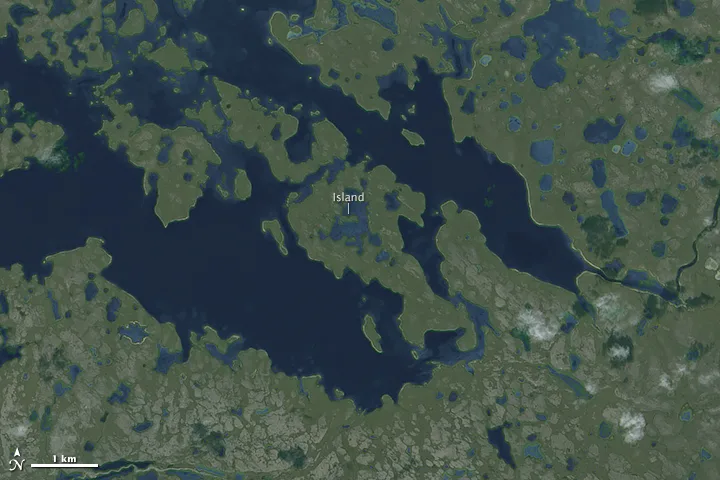
The First Island: Isle Royale
Venturing into Lake Superior, we encounter Isle Royale. This large, rugged island is a national park, renowned for its remote wilderness, dense forests, and unique wildlife, particularly its wolf and moose populations. But while Isle Royale itself is an island in a massive lake, our story is just beginning. It’s on this beautiful, isolated landmass that the next layer of our geographical nesting doll reveals itself.
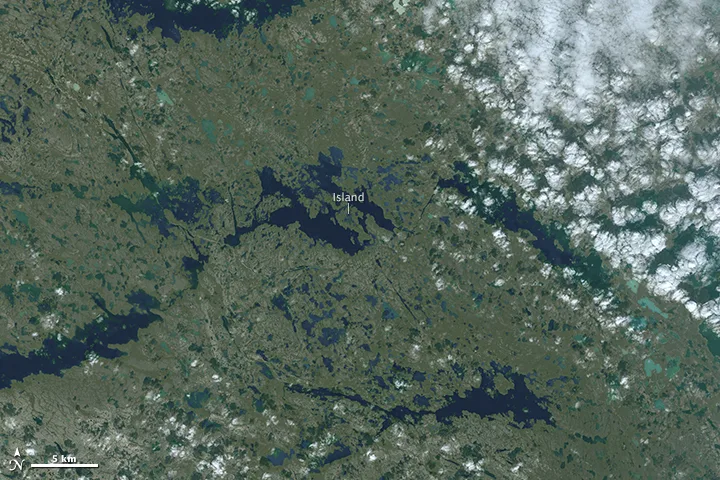
A Lake on an Island: Siskiwit Lake
Nestled within Isle Royale is Siskiwit Lake. This is no small pond; Siskiwit Lake is a significant body of water, stretching over 4,000 acres. Its clear, cold waters are home to a variety of fish, and it offers a stunning, serene contrast to the wild forests surrounding it. You might think an island within a lake, on an island, is complex enough. But nature, it seems, loves to add an extra twist!
The Next Island: Ryan Island
And here’s where it gets even more fascinating. Inside Siskiwit Lake, there’s another island: Ryan Island. This brings us to an “island within a lake, on an island within a lake.” Ryan Island is relatively small, but its very existence adds a remarkable layer to this natural wonder. It’s a testament to the unpredictable and diverse formations our planet can create.
The Smallest Layer: A Pond, a Boulder, and a Fleeting Island
But wait, there’s one more layer, and it’s perhaps the most charming. On Ryan Island, there’s a tiny pond. And within this pond, there’s a small boulder. Here’s the magic: when the pond on Ryan Island floods, that little boulder becomes, in essence, the smallest island in this entire intricate chain. It transforms into an “island within a pond, on an island within a lake, on an island within a lake, on the largest freshwater lake in the world.”
Why It’s So Special
This incredible geographical setup is more than just a curiosity; it’s a profound demonstration of the Earth’s complexity and beauty. It’s like a geological matryoshka doll, each layer revealing a new, smaller component. It reminds us that even in places we think we know well, there are always new wonders to discover.
This natural marvel on Lake Superior is a powerful reminder of how intricate and surprising our planet’s geography can be. It truly is a mind-bending example of nature’s artistry.
Have you ever encountered a similarly complex or surprising natural formation? Share your thoughts in the comments below!
🧭 How to See It
While incredibly cool, the site is extremely remote and difficult to access. Getting to it requires:
-
Traveling to Isle Royale (via ferry, seaplane, or private boat).
-
Hiking into the wilderness to Siskiwit Lake.
-
Canoeing across the lake to Ryan Island.
-
Timing your visit to coincide with seasonal flooding to see the pond filled.
-
Spotting the tiny boulder island—ideally from an aerial drone or satellite image.
Due to the National Park’s conservation policies and the difficulty of the journey, most people will never see the full recursion in person. But that doesn’t make it any less real—or any less incredible.





